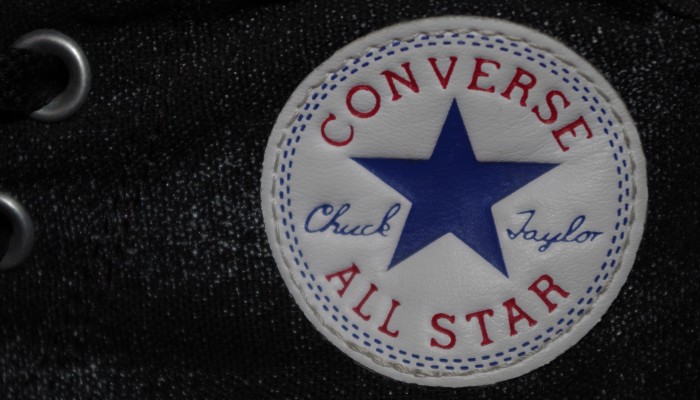Converse’s Chuck Taylor shoes are one of the oldest and most recognizable athletic shoes around. Designed specifically for basketball players, the shoes were introduced in 1917. Converse says that it has sold more than a billion pairs of the shoes worldwide since then. However, even though the shoes have a long history and a distinctive look, they don’t have exclusivity on every design element incorporated into the shoe. That’s the ruling from the US International Trade Commission after Converse filed a trademark complaint with the ITC in 2014.
The ruling results from a series of actions taken by Converse to combat a slew of imitators producing Chuck Taylor knock-offs. Converse filed trademark infringement lawsuits against 31 companies in federal court and also filed a complaint with the ITC. While several of the lawsuits have settled, a few continue on at the relatively slow pace of litigation. Speed of action and effectiveness is where the ITC can come in handy. That’s why in addition to the traditional federal court route, Converse also utilized the ITC.
The ITC can be a particularly effective route to stopping trademark infringement because it controls imports into the country. Section 337 of the Tariff Act of 1930, states that it unlawful to import items that infringe utility and design patents, as well as registered and common law trademarks, and registered copyrights. If a complaint alleges that this Section has been violated, the ITC will conduct an investigation and if it determines that the imports violate Section 337, it may issue an exclusion order barring counterfeit or pirated products from entry into the United States, as well as a cease-and-desist order directing the violating parties to cease certain actions.
Following Converse’s 2014 complaint, the ITC recently issued a decision barring any company from importing shoes with the trademarked Chuck Taylor diamond patterned outsole. This one action is effective against all companies, not just one individually like in federal trademark infringement suits filed in U.S. District Courts. However, the ITC didn’t side completely with Converse. The shoe company also claimed that it should have protection for its rubber toe band, toe cap, and stripe. The ITC disagreed, saying that those other components are commonly used and don’t amount to trademark/trade dress protection for Converse. This is bad news for Converse as importers will be able to bring in shoes that look similar as long as they don’t include the diamond patterned outsole. Converse said that it will appeal the ruling in federal court and, in the interim, use whatever enforcement they can through the ITC.
There are lots of things to consider in trademark enforcement and good enforcement requires significant experience. If you have questions about enforcing your trademark, please contact the trademark attorneys at Trademark Access. Trademark Access can help you protect your valuable brand.

